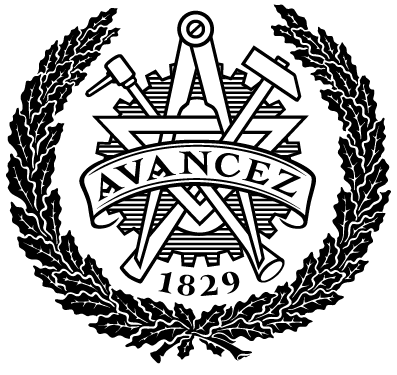An Investigation of using Simulated Data for Machine Learning
| dc.contributor.author | Broback, Erik | |
| dc.contributor.department | Chalmers tekniska högskola / Institutionen för fysik | sv |
| dc.contributor.department | Chalmers University of Technology / Department of Physics | en |
| dc.contributor.examiner | Volpe, Giovanni | |
| dc.contributor.supervisor | Pérez Guerrero, Daniel | |
| dc.date.accessioned | 2025-06-23T08:50:35Z | |
| dc.date.issued | 2025 | |
| dc.date.submitted | ||
| dc.description.abstract | Monitoring meiofauna is an effective way of assessing the effects of pollution in an environment. The current method of manually extracting data from samples is, however, very time consuming. If one instead uses a machine learning model for image recognition and segmentation a lot of this manual work can be automated. Furthermore, if one can use simulated data for training the model then new models can be created more easily. This work therefore investigates the possibility of simulating two groups of meiofauna, Nematodes and Nodosarias, by developing its own simulations and measuring the performance of a model trained on them. The found results shows promise both in terms of results and methodology. The findings also highlight the fact that simulations are not necessarily easily created and require new effort for every new group that should be simulated. | |
| dc.identifier.coursecode | TIFX05 | |
| dc.identifier.uri | http://hdl.handle.net/20.500.12380/309593 | |
| dc.language.iso | eng | |
| dc.setspec.uppsok | PhysicsChemistryMaths | |
| dc.subject | Simulated Data | |
| dc.subject | Segmentation | |
| dc.subject | DeepTrack | |
| dc.subject | Meiofauna | |
| dc.title | An Investigation of using Simulated Data for Machine Learning | |
| dc.type.degree | Examensarbete för masterexamen | sv |
| dc.type.degree | Master's Thesis | en |
| dc.type.uppsok | H | |
| local.programme | Complex adaptive systems (MPCAS), MSc |
